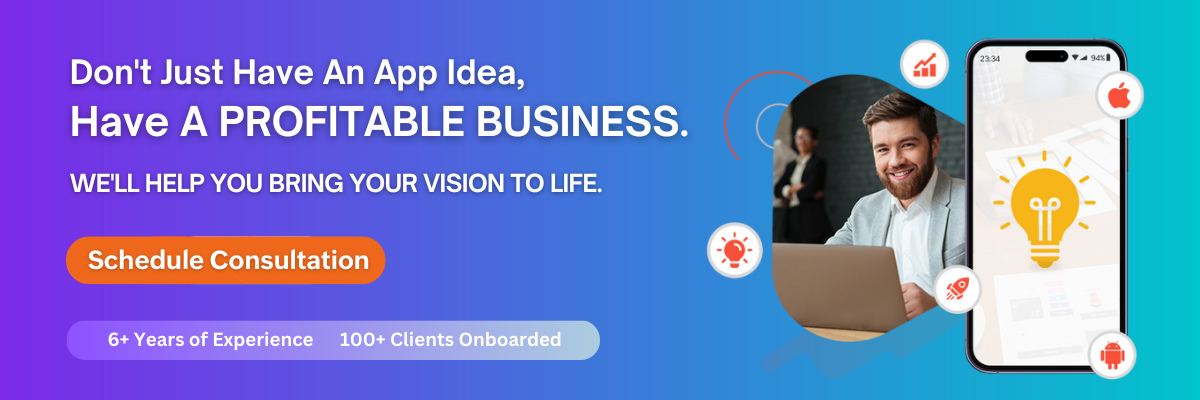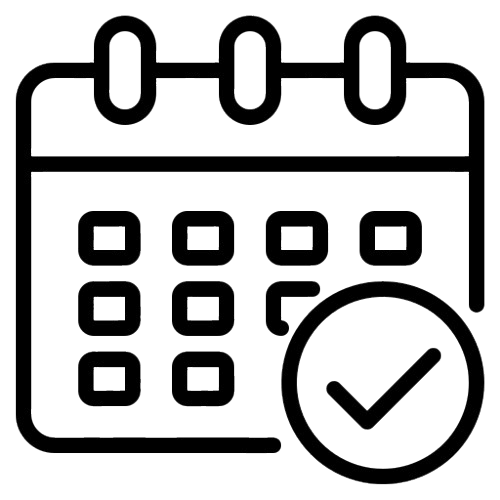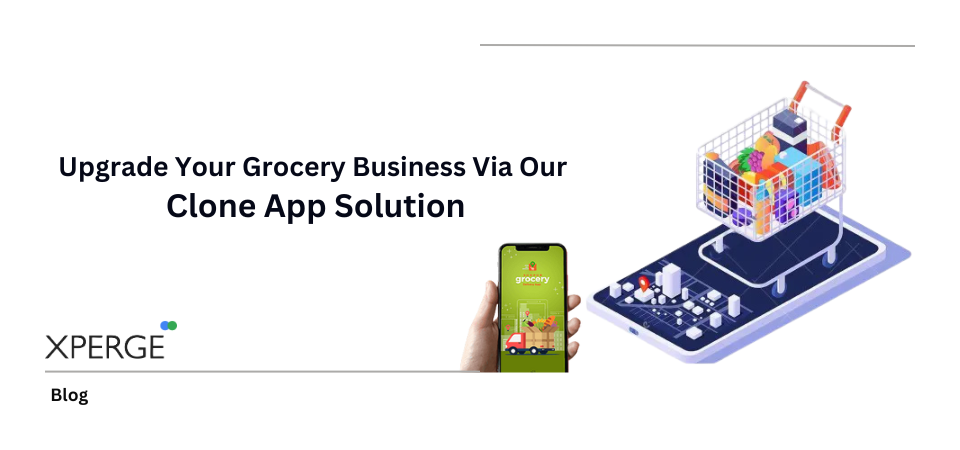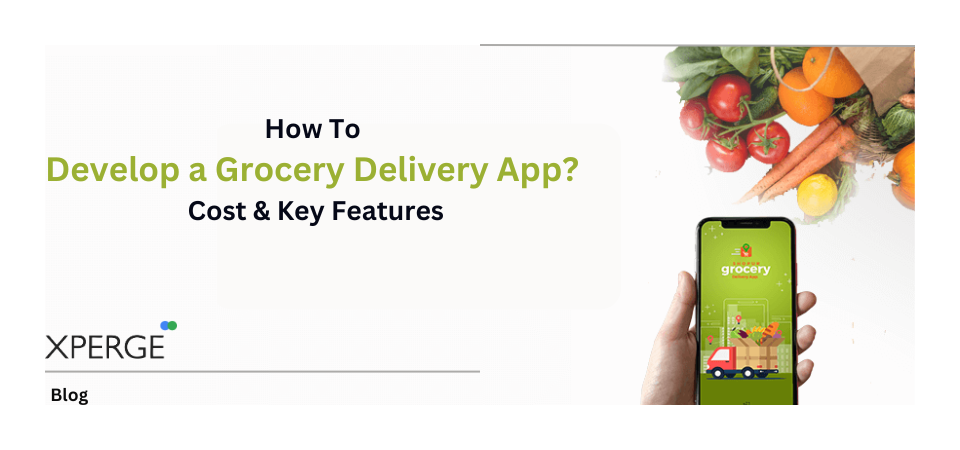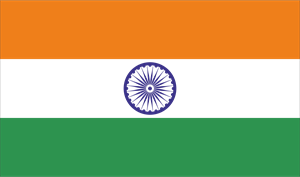The rise of food delivery apps has transformed the way people order and receive their meals. With the success of platforms like Uber Eats, DoorDash, and Zomato, many entrepreneurs and businesses are exploring the idea of developing their own food delivery applications. However, a crucial question arises—how much does it cost to develop a food delivery app?
In this article, we will break down the cost estimation, business models, and key components necessary for building a food delivery app. Let’s get started!
Key Takeaways
- Different Business Models – Food delivery apps follow aggregator, integrated, inventory, or logistics-supported models.
- Monetisation Strategies – Revenue comes from delivery fees, ads, subscriptions, and commissions.
- Cost Factors – Customer, courier, merchant apps, and admin panel impact costs.
- Development Cost Range – Costs vary from $15,000 for basic apps to $100,000+ for advanced ones.
- Cost Optimisation – Prioritising features, using open-source tools, and iterative development reduce expenses.
What is a Food Delivery App?
A food delivery app is a digital platform that enables users to order food from restaurants, track their orders, and have meals delivered to their doorstep. These apps typically have multiple stakeholders, including customers, restaurants, and delivery personnel.
Business Models for Food Delivery Apps
There are multiple business models that companies adopt when launching a food delivery app. Below are the most common ones:
1. Aggregator Model
This model connects users with various restaurants without managing deliveries. The restaurant handles the order fulfillment, and the app acts as a mediator, charging a commission.
2. Integrated Model
In this model, the app not only connects customers with restaurants but also provides its own delivery services. Swiggy and Uber Eats are examples of platforms that follow this approach.
3. Inventory Business Model
Here, the company manages the food inventory and handles end-to-end delivery, similar to cloud kitchens or meal kit services like Blue Apron.
4. Platforms with Logistics Support
In this model, businesses collaborate with third-party logistics providers to manage deliveries while focusing on providing a seamless ordering experience.
Monetization Models for Food Delivery Apps
Food delivery apps have several ways to generate revenue. Here are the most effective monetization strategies:
1. Delivery Fees
Apps charge customers a delivery fee, which can vary based on distance, order size, or peak hours.
2. Advertisement
Restaurants can pay to get better visibility on the app through featured listings and promotions.
3. Subscription
Some platforms offer premium subscriptions for customers to enjoy perks like free delivery, discounts, or exclusive restaurant access.
4. Commission
A percentage of every order is taken as a commission from partnered restaurants, which serves as a major revenue stream.
Key Components and Development Cost Structure of a Food Delivery App
Developing a food delivery app requires multiple components, each of which contributes to the overall cost.
1. Customer App
- User registration & login
- Restaurant listings
- Order tracking
- Payment gateway
- Reviews & ratings
2. Courier App
- Registration & verification
- Order management
- Navigation & route optimization
- Payment processing
3. Merchant App
- Restaurant profile management
- Order management system
- Menu & pricing updates
- Promotions & offers
4. Admin Panel
- User management
- Order & transaction history
- Reports & analytics
- Customer support
Food Delivery App Development Cost
The cost of developing a food delivery app depends on factors such as features, app complexity, development time, and team structure. Here’s a breakdown of cost estimation models:
1. Fixed Price Model
A predefined budget is set for a specific scope of work. This is ideal for small projects with clear requirements.
2. Time and Material Model
Costs are based on the time spent on development and resources used. This is best for flexible and scalable projects.
3. Dedicated Development Team Model
A dedicated team works exclusively on the project, charging a monthly fee. This is best for long-term and evolving projects.
Estimated Development Costs
- Basic Food Delivery App: $15,000 – $30,000
- Medium Complexity App: $30,000 – $60,000
- Advanced App with AI & Analytics: $60,000 – $100,000+
Ways to Optimize Food Delivery App Development Cost
Reducing development costs while maintaining quality is crucial. Here are some strategies:
1. Prioritizing Features Based on User Requirements
Developing an MVP (Minimum Viable Product) with essential features first can save money and allow for iterative improvements.
2. Utilizing Open-Source Technologies and Frameworks
Leveraging open-source tools like Flutter, React Native, and Firebase can cut costs significantly.
3. Conducting Thorough Market Research and Competitor Analysis
Understanding the target audience and analyzing competitors can help in avoiding unnecessary features and investments.
4. Iterative Development and Continuous Improvement Approach
Instead of building the entire app at once, use an agile methodology for gradual updates and cost efficiency.
Conclusion – How Can Xperge Help You Create a Food Delivery App Under Budget?
Developing a cost-effective food delivery app requires strategic planning, the right development approach, and a focus on essential features.
At Xperge, we specialize in building high-quality, scalable, and budget-friendly food delivery applications. Our expert team ensures seamless integration of necessary features while keeping costs optimized. Whether you’re a startup or an established business, we can help you bring your food delivery app idea to life efficiently.
Ready to launch your food delivery app? Contact Xperge today for a free consultation!
